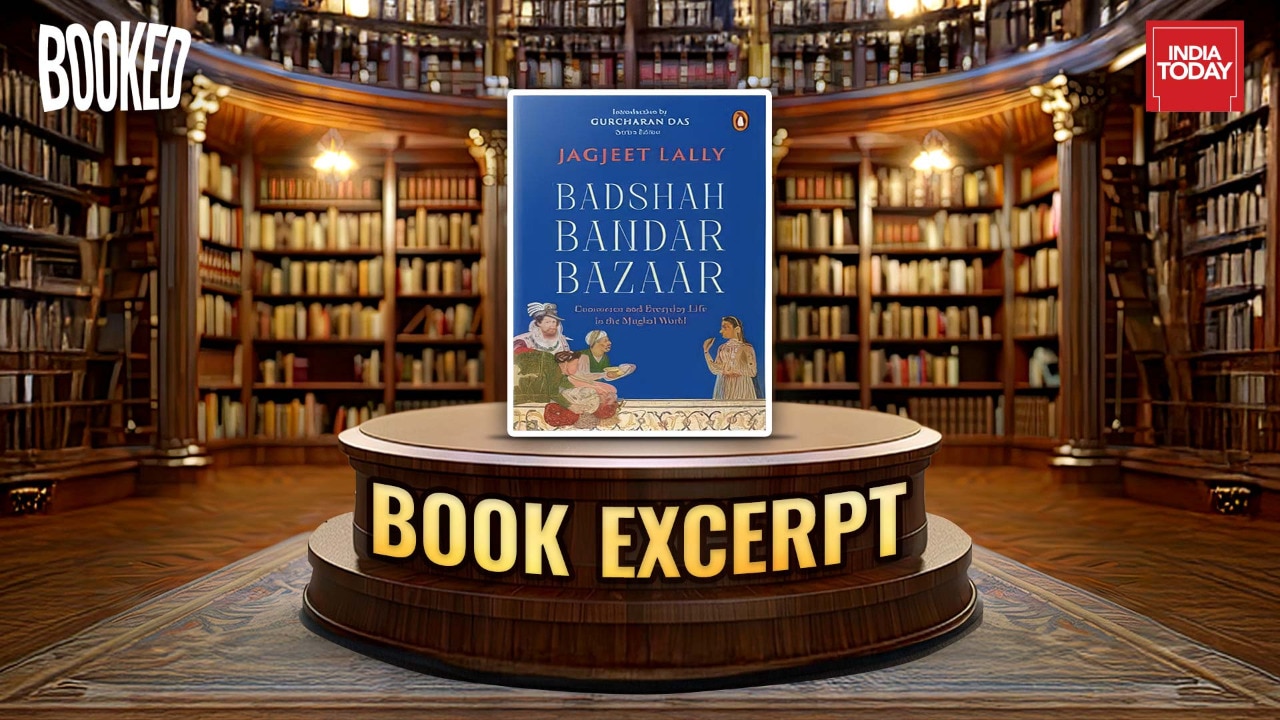The Mughal reign has been much in debates, but it is usually seen from above. Jagjeet Lally’s Badshah, Bandar, Bazaar: Commerce and Everyday Life in the Mughal World (Penguin India) looks at a part of it, the economy, from the ground up, putting ordinary people, merchants and courts—not just emperors—at centre stage.
Lally is Associate Professor of the History of Early Modern and Colonial India at University College London. He studied the social sciences at Oxford before training as a historian, first at the London School of Economics and then at Cambridge.
advertisement
The Mughal story, as Lally tells it, is less about crowns and conquest than about the quieter authority of documents and the steady shimmer of silver. Badshah, Bandar, Bazaar upends the familiar story of emperors and edicts to show how the empire was held together not by sheer force but by contracts, coins, and the choreography of the bazaar. Jagjeet Lally’s Badshah, Bandar, Bazaar
When India is re-examining its economic past, this book advances this idea: if you really want to see power, don’t look at the throne, look at the bazaar.
Here is an excerpt from the book:
A World of Goods (and Moral Conundrums)
What a city!
Continue Reading on India Today
This preview shows approximately 15% of the article. Read the full story on the publisher's website to support quality journalism.
